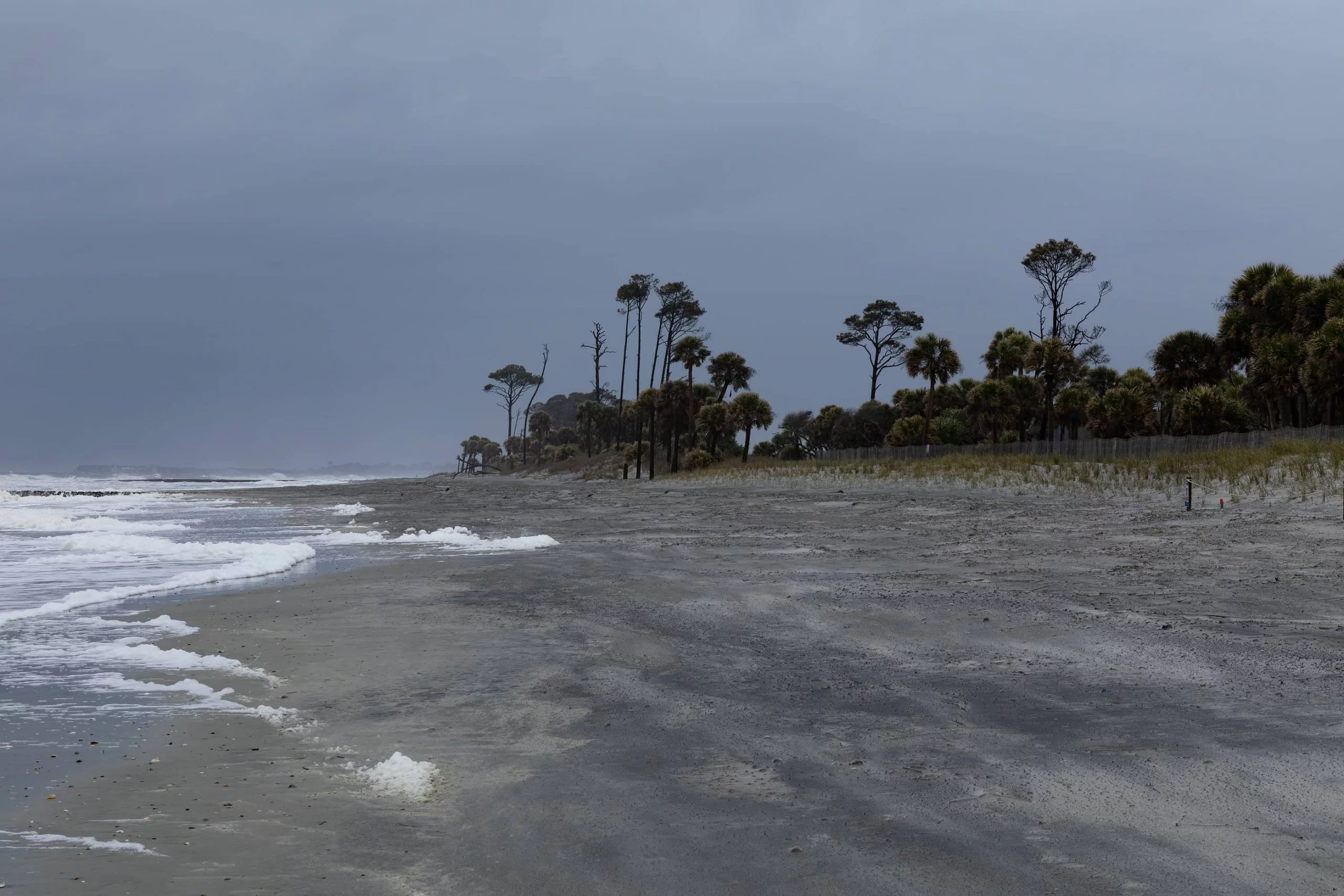UPDATED: JULY 10, 2023 | 2 MIN READ

The hurricane season can differ depending on your location. Hurricanes bring about named storms bringing significant damage when they reach landfall. It’s essential to prepare for how to handle these major hurricanes before they hit.
South Carolina is highly impacted by hurricanes yearly, particularly on the coast. Here’s a look at hurricane season in South Carolina and how you can prepare for tropical activity.
Hurricane Season in South Carolina
Hurricane season in South Carolina is a period starting June 1 and lasting through November 30. It’s also referred to as the Atlantic Hurricane Season. The season covers the Atlantic Ocean, the Caribbean Sea, and the Gulf of Mexico.
Peak times for hurricanes in South Carolina
The peak period when the state sees the most tropical activity is from late August to September. High winds and tornadoes may result from hurricanes.
Hurricane Hugo was a category-four storm and one of the strongest hurricanes. On September 22, 1989, it made landfall near Sullivan’s Island, causing damage with wind gusts up to 100 miles per hour. The tropical storm went as far inland as Columbia.
Where do hurricanes hit in South Carolina?
Most of the initial storm surge happens on the South Carolina coast, in Hilton Head Island and Myrtle Beach.
Hurricane Ian hit South Carolina in September of this year. It made landfall near Georgetown, northeast of Charleston. The hurricane cost the city of Myrtle Beach approximately $1.7 million in damages.
Hurricane Preparedness in South Carolina
Being prepared for a hurricane is crucial. The National Weather Service is an excellent resource to help you prepare for an emergency.
Hurricane guides
If you live in a state like South Carolina or North Carolina, being hurricane ready is necessary.
Make sure you refer to government resources, including the National Hurricane Center through the National Oceanic and Atmospheric Administration (NOAA). The Know Your Zone campaign supplies evacuation routes by supplying your address. FEMA EditSign provides a hurricane-ready playbook.
These online web pages can provide alerts for storm surges. Emergency plans help you to weatherproof buildings and where to take refuge in the event of a hurricane warning.
Hurricane preparation checklist
To develop your hurricane guide, you should create a checklist. Some important things to consider and include are:
- Check-in with loved ones.
- Clear your yards and porches to be safe from flying debris.
- Keep all devices and phones charged.
- Place cardboard or plywood on windows to prevent glass breakage inside.
- Remove any breakables from window areas.
- Secure your home.
- Move to a higher level in the home in a flood zone.
- Keep candles and batteries ready and easy to access.
- Have cash in case you need to make a purchase.
- Keep your vehicle full of gas in the event of an evacuation.
- Ensure plenty of food and water for your household and pets.
- Have an emergency kit nearby with essentials.
- Pack a bag in your car if you have to leave quickly.
It would be best if you referred to all resources and alerts on the news and online. Please go through all safety precautions with everyone in the house and ensure they follow these alerts.
Hurricane Season and Insurance Policies
Before hurricane season begins, you should check your home and flood insurance policies. You need to ensure you have adequate coverage for damages. You may need to file an insurance claim after the hurricane.
Home insurance changes
Make changes before the storm to ensure adequate coverage, such as:
- Adding more replacement cost coverage
- purchasing additional home insurance for damage
- purchasing supplemental flood insurance
- Lower deductibles for wind, storm, or hurricanes so you can better afford them
Doing this before the season is a good idea. Most insurers aren’t as lenient to let you make changes if a tropical storm is coming.
Insurance moratoriums
Insurance companies may issue moratoriums if a hurricane warning happens in South Carolina. They prevent you from making adjustments to add or purchase additional coverage. So, you need to review and update your policies well in advance.
FAQs
What month has the most hurricanes in South Carolina?
The peak of hurricane season in South Carolina is late August to early September. Most of the major hurricanes in South Carlina occur in September.
How often do hurricanes hit South Carolina?
The average for tropical storms and hurricane landfall in south Carolina is once every four to five years. Storms hitting the Gulf of Mexico, Georgia, and North Carolina often hit South Carolina.
What month is worse for hurricanes?
September is the month of the peak Atlantic hurricane season. 40% of tropical storms occur in September alone.
Does South Carolina get hit by a lot of hurricanes?
Florida is where hurricanes hit the most, being a peninsula. But, South Carolina is most vulnerable to hurricanes and tropical storms.
What is the worst hurricane that has hit South Carolina in the past few years?
In September 2018, Hurricane Florence caused severe damage in South Carolina due to flooding. In the past, Hurricane Hugo caused the most damage to South Carolina in September 1989.
When is the last day of hurricane season?
November 30 is the last day of hurricane season. It begins as early as June 1.
What are the chances of a hurricane hitting South Carolina?
Each year, South Carolina has close to an 80% chance of being impacted by a hurricane or tropical storm.
After the Storm in South Carolina
Please pay attention to alerts when returning after a hurricane is safe. Protect yourself if you must clean up any damage or repair your home. And ensure you document any property damage.
You may need to file a home insurance claim after a hurricane. Having pictures and videos helps your assessor. Be prepared before, during, and after hurricane season in South Carolina.